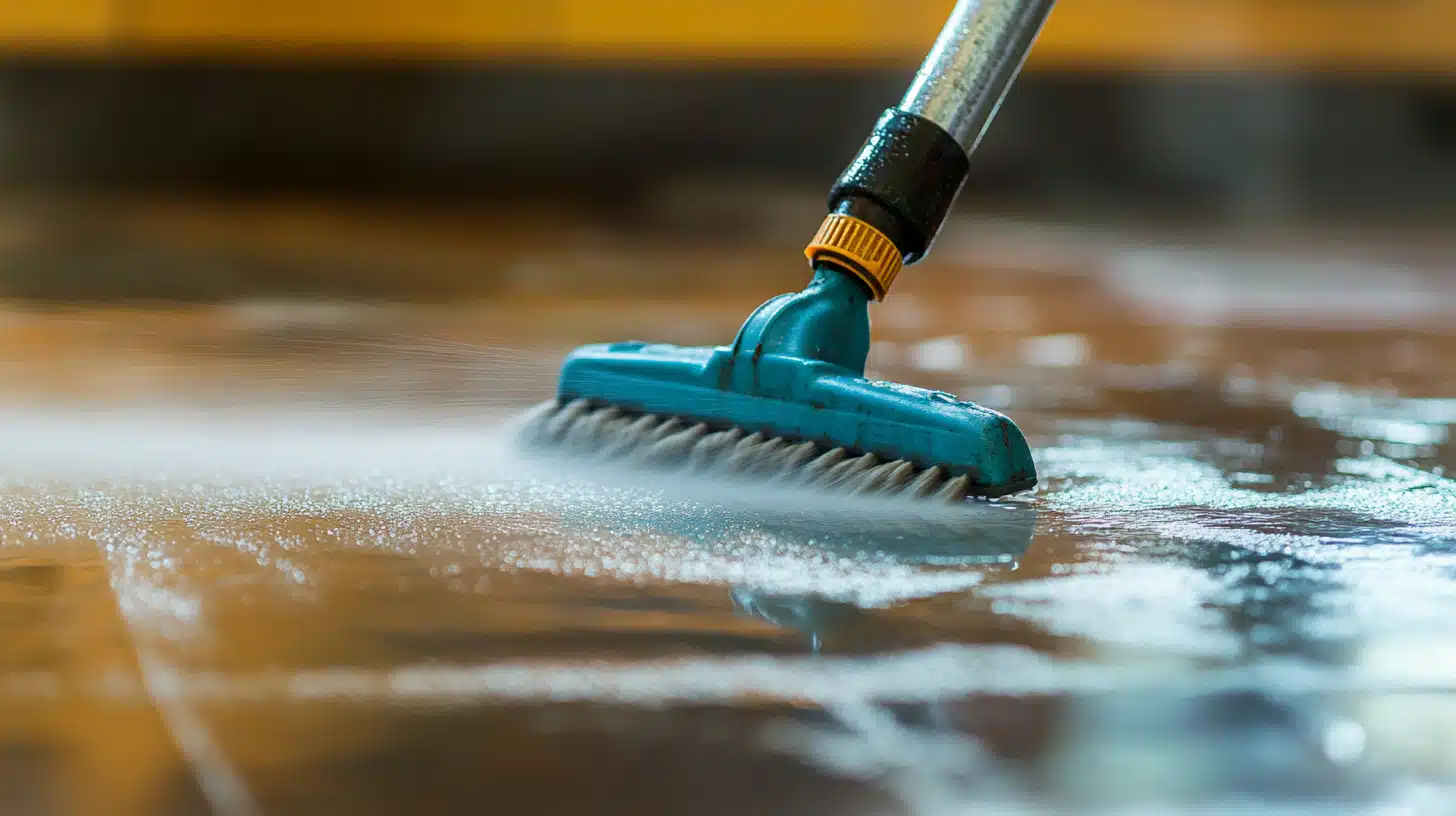From Waste to Wow: 6 Tips for Recycling and Upcycling in Sustainable Homes
Technological advancements are increasing fossil fuel use and energy production. But, people are eager to find ways to live more sustainably and to reduce their impact on the environment.
One way households are starting to live sustainably is by using less energy. They’re also buying eco-friendly appliances and cars.
But there are other things you can do to live sustainably at home, like recycling and upcycling. By doing this, you can reduce waste and make better use of resources in your home.
In this article, we’ll explore tips for recycling and upcycling in sustainable homes. You can play your part in promoting sustainability.
Understand the Difference and Plan
People often use the terms ‘upcycling’ and ‘recycling’ interchangeably. However, it’s important to know the key difference between them.
In simple words, recycling means turning an item back into its original materials. Then, creating a new object from them. Homeowners may not have the necessary equipment to complete the final recycling process. However, they can still contribute by sorting materials like paper, plastic, and glass.
Upcycling involves taking items and transforming them into something entirely new. Once you grasp these basic distinctions, you can effectively plan and gather items for recycling and upcycling in your home.
Something that will help you determine if your home is sustainable is to learn what are the BASIX requirements. This will confirm if your home is sustainable or not.
Hold Onto Clothing Items
We’ve all thrown out old clothes. Maybe they’re out of style, worn out, or they don’t fit anymore, but they’re still good.
Instead of doing any of the above, why not repurpose your old clothing into new, stylish, and functional pieces? This not only enhances your wardrobe but also contributes to sustainability.
Revitalize your worn-out clothing and play your part in tackling the global waste crisis. In doing so, you’ll also save considerable money in the long term by eliminating the need for frequent new purchases.
You can even transform your clothing into home décor items, further enhancing the sustainability of your living space.
For example, if your clothing isn’t suitable for repurposing into new garments, you can cut them into squares. Then, you can craft patchwork quilts. This will infuse your home décor with a personalized and sustainable touch.
Get Creative with Old Furniture
One of the most effective ways to establish a sustainable household is to unleash your inner creator. Do this by upcycling old furniture items and decor.
You can minimize environmental impact by upcycling old furniture. This avoids the environmental impact of disposing of items in large landfills.
You can put your style on the revamping processes making it a suitable addition to your sustainable living room area.
The best upcycling process for old furniture has its very own version of the three R’s — Repaint, Refinish, and Reupholster.
A fresh coat of paint, a refinish with varnish, or reupholstering with new fabric can completely transform its appearance. It can also prolong its lifespan.
Instead of throwing away pillows, why not replace the pillow filling with better material and recycle the worn-out filling?
Implement Effective Recycling Practices
It’s fine to throw your paper in a separate waste bin. However, did you know there are other ways to improve recycling? As we mentioned before, recycling is slightly different than upcycling. Recycling largely involves managing your waste responsibly.
Familiarize yourself with recyclable materials and follow the necessary guidelines when separating each type of waste.
The typical recyclable materials are glass, paper, plastic, and aluminum. To simplify the process, establish a home recycling station equipped with separate waste bins for each type of material.
Effective recycling not only contributes to decluttering your current space but also prepares you for future moves, particularly when it comes to responsibly disposing of recycled items.
Consider the Three R’s
The three R’s — reduce, reuse, and recycle — play a fundamental role in creating a more sustainable household. Considering them when purchasing or discarding items can significantly reduce wastage. It teaches you to be more mindful of items that can be repurposed.
If you need to get rid of household items, donate them to sustainable local charities or stores that promote sustainability. It is easier than ever to donate disused items to responsible stores that integrate them back into their production line.
Incentive programs encourage consumers to return fashion items or plastic bags. This promotes sustainability.
Redefine the Idea of Waste
When we think of waste, we often envision items that should be thrown away or taken to landfills. This is a common misconception, and we need to train our brains to change the meaning of waste entirely.
Expiration dates, use-by dates, and best-before dates are often arbitrary. They prompt companies to produce fresh stock, which boosts profits.
Change your idea of waste entirely. Don’t think of it as something that can be thrown away. Instead, see it as something that can be transformed.
For example, artists utilize waste to craft magnificent pieces of art ranging from sculptures to paintings. With creativity, waste can be transformed into virtually anything imaginable.







